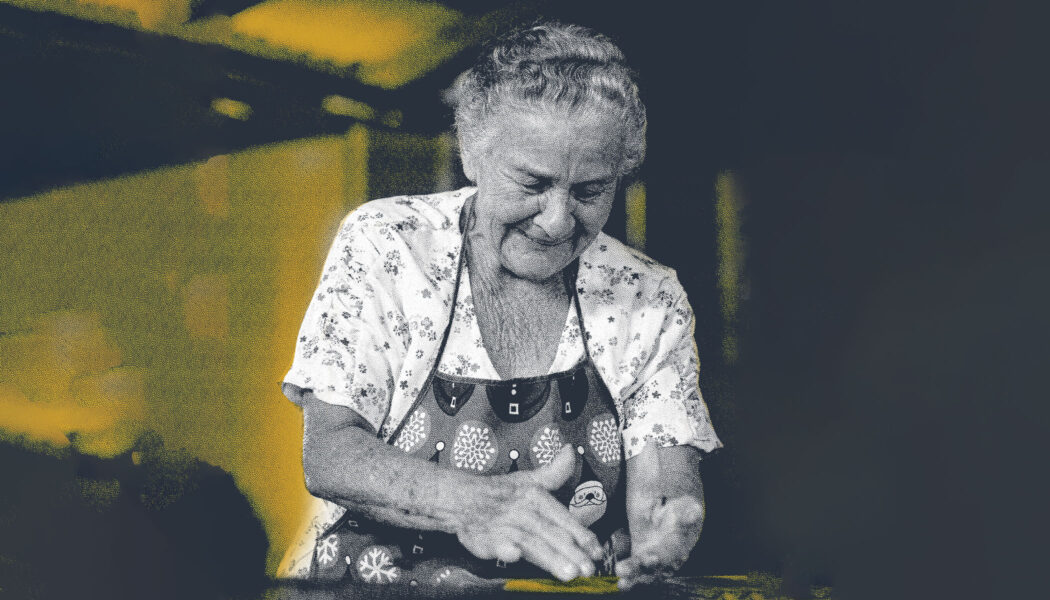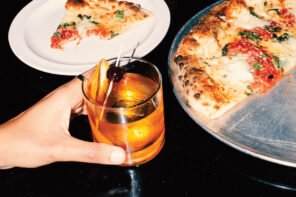By Britt Mattie
A Taste of Costa
Costa Rican cuisine warms you from the inside out.
As one of the happiest, healthiest places to call home—not to mention one of the most biodiverse places on the planet—the country is teeming with tastemakers. With an abundance of spices and a bounty of natural foods, its indelible flavors have the power to stay with you long after you’ve emptied your plate, or glass. You didn’t think thousands of expats swapped out their passports for subpar food and shitty beer, did you? Costa Rica’s very vitality is as well-seasoned as its culinary fare. Pair that with a perpetually sunny disposition— from both the people and the climate—and enough booze on tap to float a yacht. Yeah, we can see why there’s been a surge of one-way tickets.
So if you’re no stranger to a good time, drift down to the local sodas (small, family-owned restaurants), marisquerías (seafood joints), the weekly fería del agricultor (farmers market) and the corner cantina to experience true Ticolandia. Where Latin flair meets full-bodied flavor and infectious pura vida culture. From the bustling streets of San José and coffee plantations of Alajuela to the cloud forests of Puntarenas and the hippie-surf towns of Guanacaste, Costa Rica’s diverse provinces transcend national borders with dishes and drinks deserving of global reverence. Grab a seat—there’s plenty of hot sauce to go around.
Playing With Fire
Fusing the savory tang of tomato juice and fresh lime with the flame and flavor of hot peppers and Latin spices, chiliguaro may look like the ubiquitous Bloody Mary to gringos still learning to roll their r’s. But to a true Tico, she’s the patron saint of partying picante. No frills, just thrills. Save all the dress-up celery sticks and bacon slices for Mary. Chiliguaro is a straight shooter, one with an alluring spiciness to her, a real zinger after one too many moonlit trysts. At her heart is Costa Rica’s national firewater: guaro.
An indispensable icon of Tico culture, guaro is to Costa Rica what mezcal is to Mexico, what cachaça is to Brazil. The clear, sugarcane-based liquor undergoes a distillation process similar to white rum. But unlike rum, which is typically aged for a year, guaro is ready to raise hell as soon as it’s distilled and mixed with water. Some describe its boozy but slightly sweet taste as the “poor man’s vodka.” In essence, guaro is cheap, abundant and strong. Colloquially known as an “aguardiente,” the literal translation of which is “burning water.” Seems safe enough.
Should you find yourself in the land of pura vida, knocking back a sting of $1 happy hour shots of straight guaro, well, cheers to keeping it caliente, my friend. For the more noble gringos who’d rather keep their furrowed brows at a minimum in foreign waters, rest assured, guaro plays quite nicely with sweet mixers like fruit juices and sodas. But by far the most popular way to send it down the hatch: chiliguaro. Shrouding its stiffness with an umami bomb of pureed tomato and kick of Latin American flavors, chiliguaro creates a precarious harmony of cunning consumption. No recoil.
A Brief History of Guaro
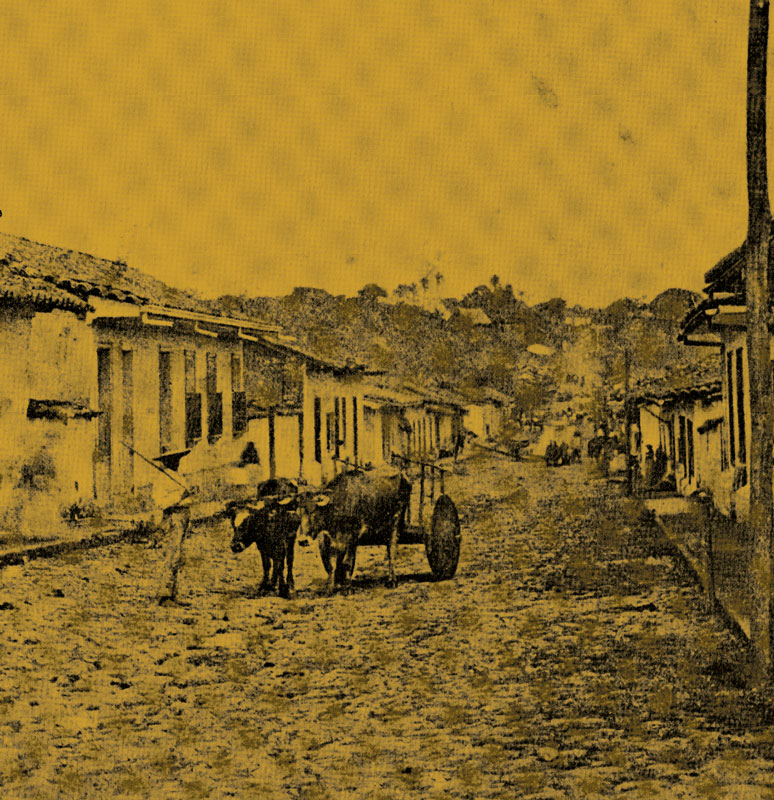
From lawless beginnings of revolution and rebellion, the 60-proof hooch of Central America was born out of secret distilleries in home kitchens by fermenting sugarcane from fruit. In an effort to quell the clandestine production, the government said, “If you can’t beat ‘em, join ‘em,” and officially legalized the manufacturing of guaro in 1851. What was once Costa Rica’s moonshine made in rural kitchen sinks is now the country’s trademark spirit.
A hundred and sixty years have slipped by and the popularity of guaro has reached international proportions amongst travelers. Although you can find bootleg versions outside the border, Cacique remains the only official legal brand of guaro. With its distinctive red label, bottles of Cacique line the shelves of every Costa Rican grocery store, hotel, restaurant and bar—even the most remote corners of the country. Ask for the national firewater and bring a patriotic smile to a Tico’s face.
How the Ticos do Chiliguaro
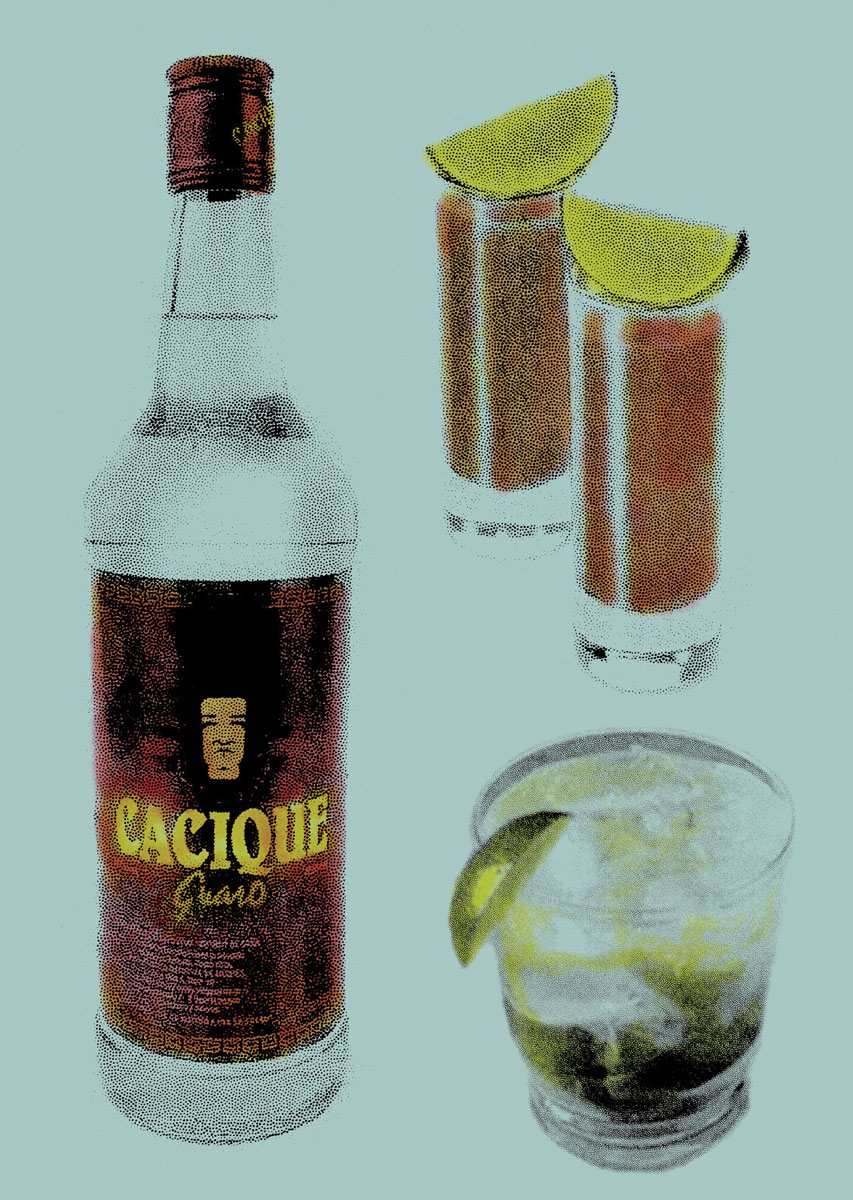
- Cacique Guaro
- Fresh Tomato Juice
- Mandarin Lime Juice
- Chopped Onion, Red Pepper and Cilantro
- Salsa Lizano Sauce (optional, but really, you should get some)
- However much Tabasco (or local hot sauce) you can handle.
Blend all the ingredients, strain and store in a glass bottle in the fridge till cold. Serve in shot glasses with a lime wedge (salted rim optional).
Want to give it a go, but can’t break out the passport any time soon? Try the Gringo version.
Guaro is an incredibly elusive liquor to find in the states. Like anything worth replicating, there are pirated versions of it. But unless you grabbed a bottle of Cacique at the duty-free on your way out, just make do with a white rum or vodka.
Grab a tomato juice mixer, squeeze some lime juice, dump in some Whalebone x Señor Lechuga Hot Sauce (shameless plug) and, if you can get your hands on it, Salsa Lizano. Vigorously shake or stir your mixture in a shaker with ice until chilled. Strain into 2-ounce shot glasses and throw on lime wedges for good measure. Pura vida.
Comida Vida
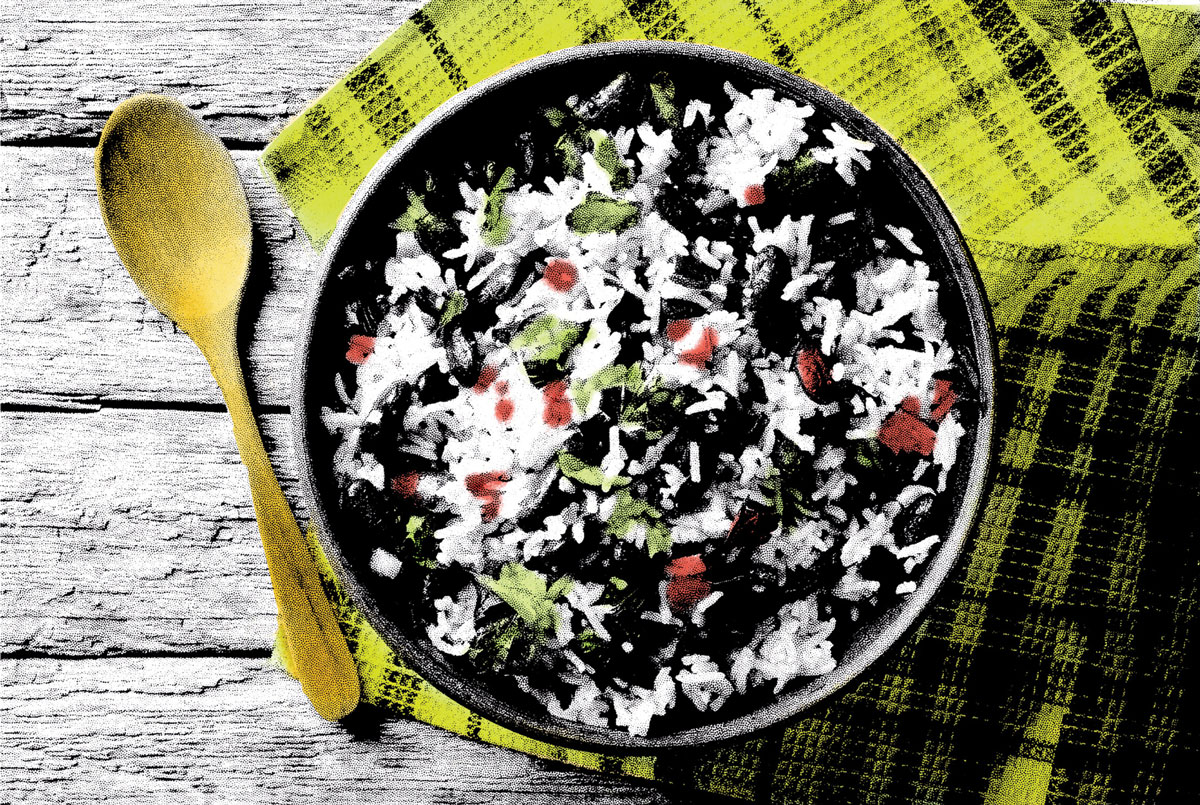
Gallo Pinto
desayuno · breakfast
Being neighbors doesn’t mean you always have to agree. Depending on who you ask, both Costa Rica and Nicaragua claim gallo pinto as their own—its origin story is a long-disputed subject between the countries. Normally, we’d like to keep the peace. But for the sake of this issue, we’re going with Costa Rica.
Translating directly to “spotted rooster” for its speckled appearance, the national dish of Costa Rica is not only a breakfast staple but pretty straightforward. No shame in keeping things simple, especially when simple doesn’t mean bland. With only a few ingredients—black beans coated in Salsa Lizano (really leaning into the trend of “put that shit on everything”), fried white rice, chopped onion and red pepper—feel fueled for the day, or at least for a solid surf. Rise and grind with a mini mountain of gallo pinto, a side of eggs your way, homemade corn tortillas and fresh native fruit not found at your Whole Foods back home (we’re talking cas, rambutan, guanabana, nance and sapote).
Pairs well with: Fresh brewed cup of bean water. Try a traditional café chorreado, made using Costa Rican ground coffee and a simple drip method where hot water is poured through a coffee sock propped on a chorreador (wooden stand).
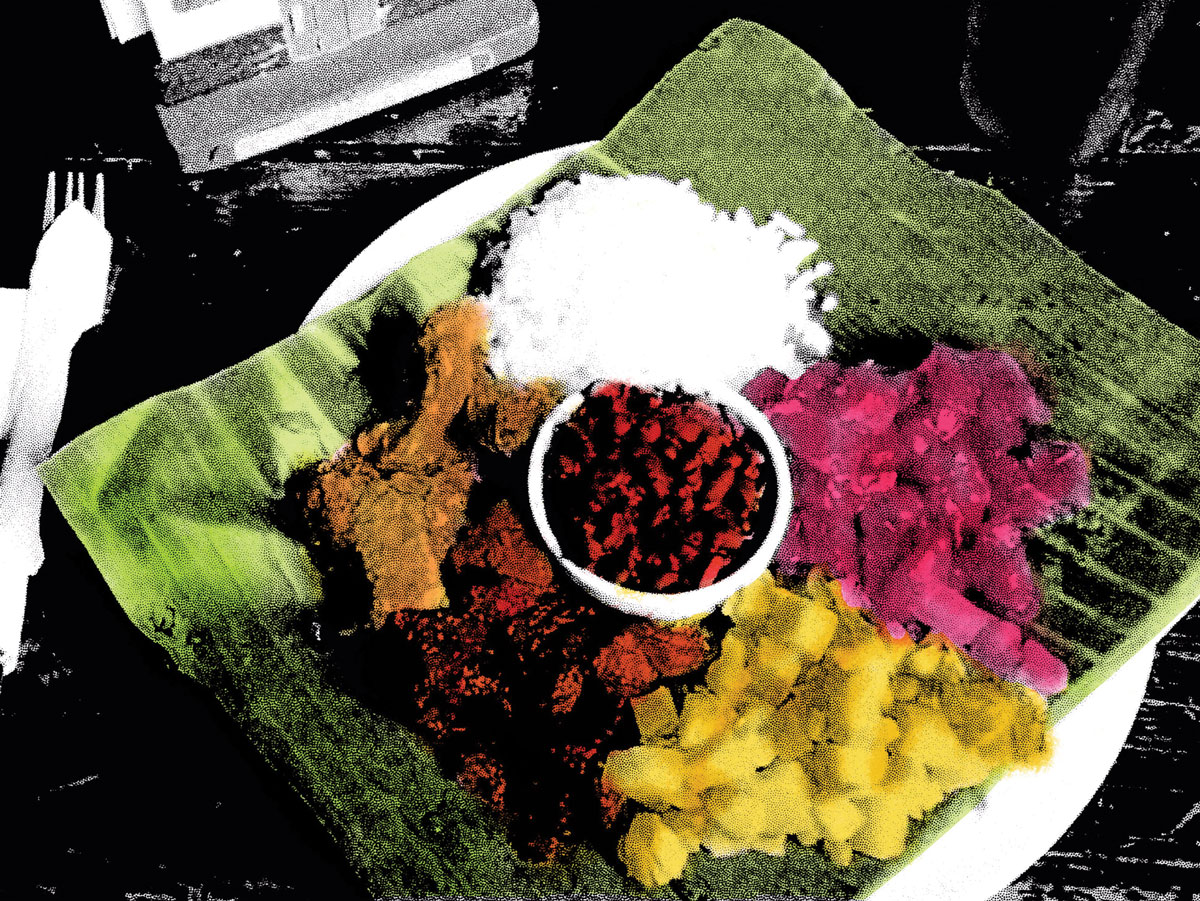
Casado
almuerzo · lunch
In the 1960s, Costa Rica saw a surge of laborers join the workforce in the capital city of San José. Working long hours in the Caribbean sun, their wives would make banana leaf wraps with hearty helpings of vegetables and meat for them to bring along: homemade protein packs to help stave off their hunger. Casado, which literally means “married” or “married man,” is an affectionate nod to the wives who kept their men fueled out in the field. The secret to a happy marriage is no secret, amigos.
A lunchtime fixture in the Costa Rican culinary scene—found in just about every local soda in the country—casados have evolved into combo plates with a variety of presentations and heaping serving sizes. Still known for their big lunch appetites, Ticos tend to tame their midday voracity with this main meal of the day. Dinner is often light or skipped altogether. Understandably so. Packing in almost the entire food pyramid onto one plate, find some version of casado with the usual key players: rice, beans, tortillas, sweet plantains or yucca, your meat of choice (beef, pork, chicken or fish), seasonal veggies or a salad.
Pairs well with: Pipa fria (coconut water straight out the husk) or jugos frescos (basically fruit in a glass). Wet the whistle with freshly blended papaya, mango, tamarindo, passionfruit, pineapple, guava—you get it.
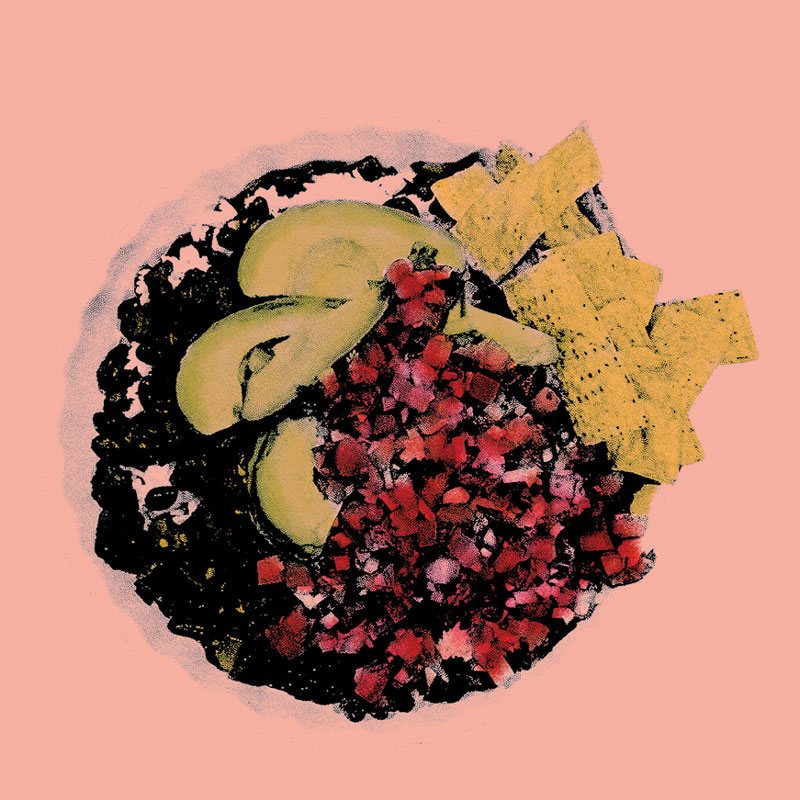
Chifrijo
bocado · bar snack or small plate
Who doesn’t love a good portmanteau? That time between breakfast and lunch used to be so evasive until some smarty coined the word “brunch.” Combine chicharrón (fried pork belly) and frijoles (beans), and get chifrijo—a fusion of distinctly Costa Rican recipes. A steaming bowl of white rice and red beans cooked in broth comes topped with chicharrones, pico de gallo, chimichurri and avocado slices. Scoop with tortilla chips. Wash down with cerveza. Repeat.
Back in the ’90s, a man by the name of Miguel Cordero showed up to his own bar in San José craving something hearty. On a whim, he and his cook whipped up what is now known as chifrijo. Elated with the first bite, he had a regular try it, who insisted on adding it to the menu—a perfect addition for when the munchies strike after one too many Imperials. Chifrijo spread like wildfire, becoming so popular among Cordero’s clientele that it surfaced on other bar menus in the area, until it became one of the most famous and revered bocados, or tapa, across the country. Never not served with a beer.
Pairs well with: Cold Imperial(s).
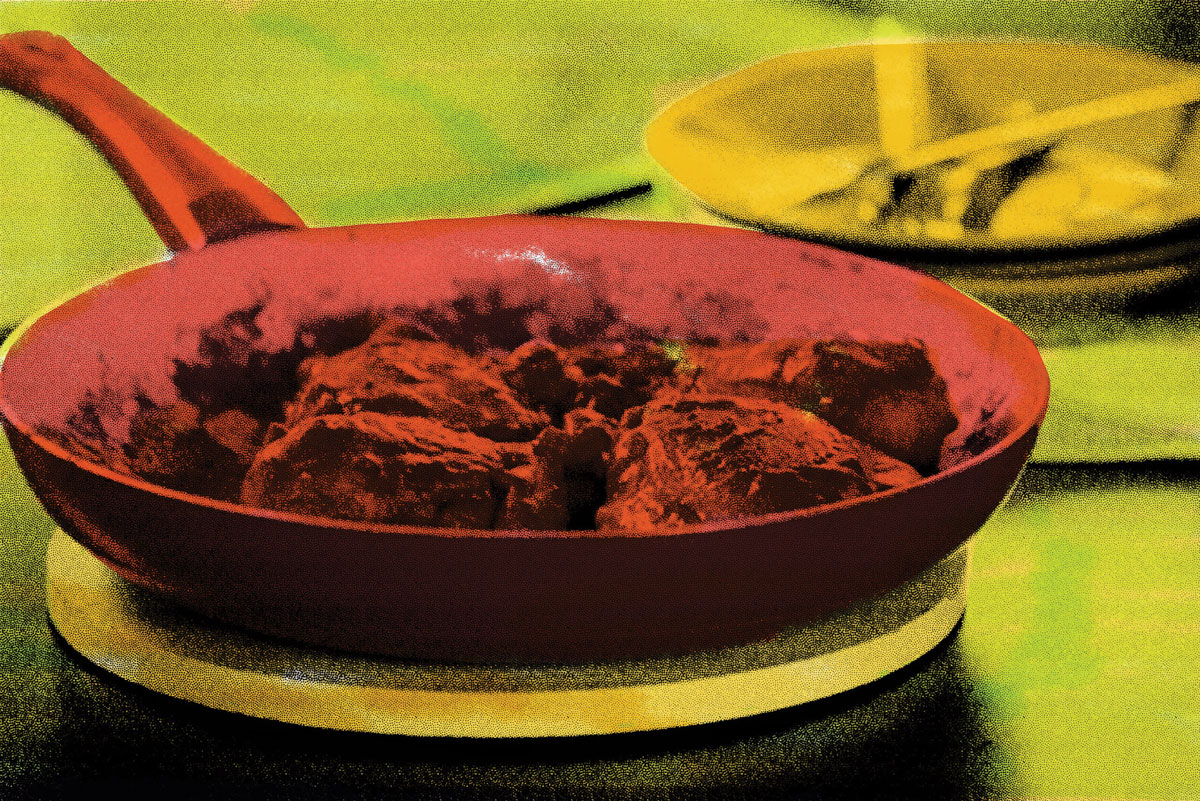
Pollo Achiote
cena · dinner
Harvested for centuries by Indigenous peoples of the tropical Americas, the heart-shaped seed pods of achiote (aka the lipstick tree) were used as a colorant for festive red body paint and lipstick. Someone took one for the team and discovered it tastes pretty great too—a natural additive to give food a bright reddish-orange hue, with aphrodisiac powers to boot. Ground into a fine powder, achiote whispers “pucker up” to its poultry—rubbing on a rougey pigment while infusing an earthy, nutty flavor with sweet, peppery undertones.
Los Patitos achiote paste is the most common condiment brand in Costa Rica. But if you want to do Anthony Bourdain proud, grab a pack of cervezas and your closest Tico friend to take you out foraging for an achiote shrub. Mortar and pestle the seeds like you mean it. Really put some elbow grease into it, man. Toss in whatever herbs and spices are within reach to create your own achiote dry rub. Slap it on a whole chicken, invite some friends over and fire up the grill for a beach barbacoa (barbecue).
Fun tidbit: It’s not uncommon to see Costa Rican households repurpose salvaged vehicle rims or 55-gallon steel drums cut in half and turned on their side to create BBQ grills. Work with what ya got, mae.
Pairs well with: A Guaro Sour, Costa Rica’s go-to beach cocktail (much like a mojito, not actually sour) and your current crush. Mucho gusto.

